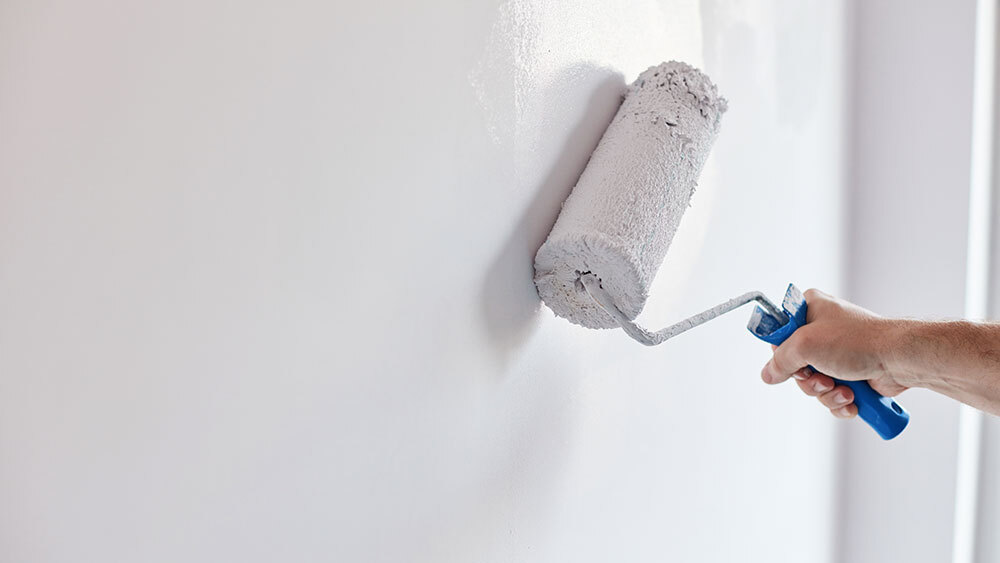Of all the elements that go into a house’s aesthetic composition, paint color is among the most critical in defining its overall image. The right shades paired together elegantly can elevate a regular experience into one that leaves a lasting impression. Conversely, the wrong color choice for even just one section of the house can tarnish the memory of an otherwise stellar abode.
If you’re thinking about painting the exterior, interior, or both before selling your home, discover the top ways to maximize its appeal with the right choice of paint color to keep your place on the right side of buyers’ palates.
The Interior
A rule of thumb for choosing paint colors is to stick with neutral colors whenever possible. While it may be tempting to let your imagination run wild with vibrant, unique colors, the reality is that the vast majority of homes have overall neutral color schemes, as this configuration serves to anchor any other standout tones and creates fewer opportunities for clashes.
With that in mind, choose a neutral color as a base for all primary living spaces, such as the living room, family room, and adjacent hallways or entrances. Gray is a strong default option, preferably in a shade lighter or darker than the flooring by two shades in order to add contrast and spaciousness.
Though well-placed and common in contemporary houses, gray isn’t a match for some flooring or architectural styles. For Mediterranean or hacienda-style homes, opt for beige or a mix with off-white tones.
If you’re still keen on adding some accents to interior features, accent bathrooms are seen as chic and often do not detract from the overall composition of the interior color scheme, especially in renovated older homes. Some elements of the kitchen can divert from the neutral theme, and a unique island color choice may look great while being relatively easy to change if it isn’t what future buyers have in mind.
The Exterior
As with interior colors, neutral is almost always the way to go if you’re looking to maximize curb appeal, an important factor for getting desired attention from potential purchasers. The tone of the exterior paint color should be complementary to existing materials and details, such as borders.
To make things look bolder, go for contrast: if existing fixtures, paneling, and surfaces are mostly cool, meaning they contain blue or green undertones, then the paint should be warm, with red or yellow undertones.
Currently, cooler tones are trending for exterior colors. However, neighborhood trends are just as important to pay attention to. For example, if you live in a row house in historic Charleston, it wouldn’t be at all out of taste to go with a blue paint or another diversion from the neutral rule of thumb.
The right choice of paint can make a noticeable difference in the marketability of a house. These tips provide a framework, but if you’re unsure about exactly how to get it right, don’t be afraid to consult a professional for further guidance.
If you’re ready to move into a new home, check out all the opportunities available at Brunswick Crossing. With a variety of models and a plethora of amenities, we’re certain you’ll find the next place you’ll call home. Learn more about our models and take a virtual tour:




